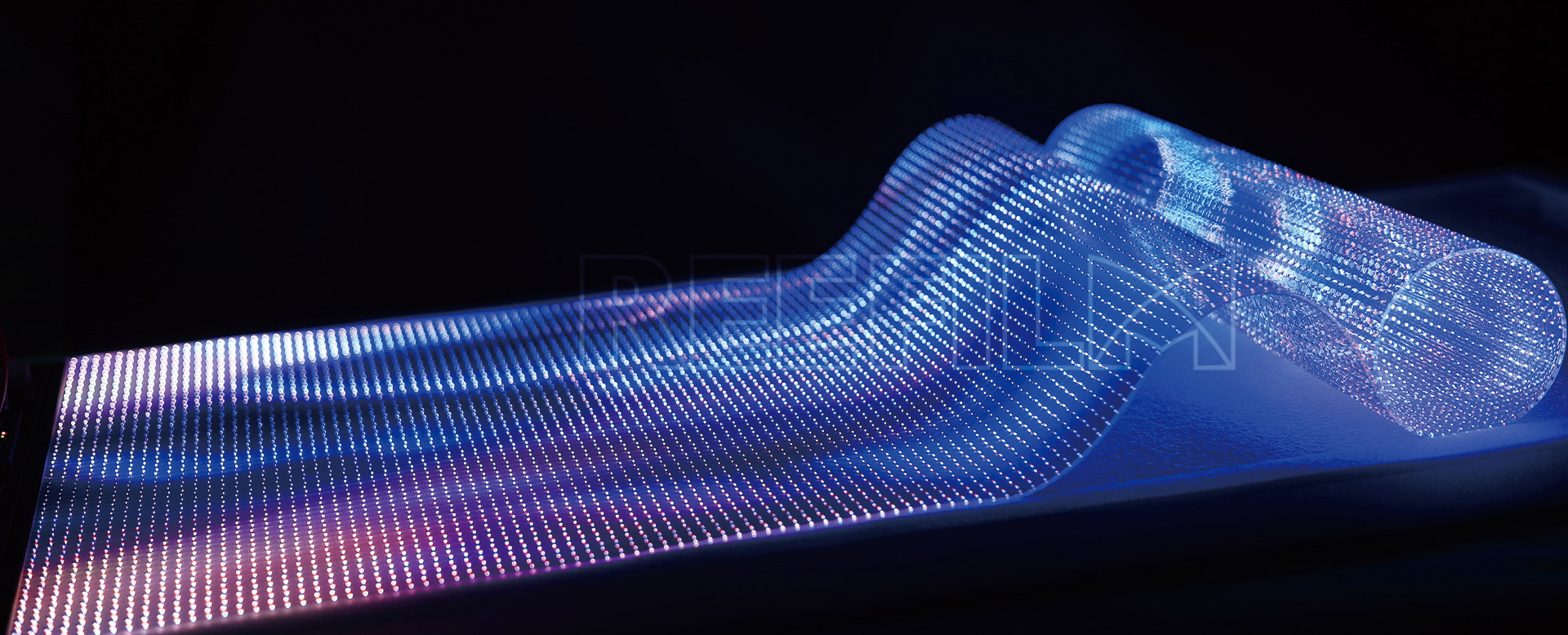
An Indoor LED Panel Display is a flat-panel display technology that utilizes light-emitting diodes (LEDs) to produce high-quality visual content for indoor environments. These displays consist of modular panels that can be assembled to create large-scale video walls or standalone screens with seamless viewing experiences. Modern indoor LED panels feature pixel pitches ranging from 0.9mm to 3mm, offering exceptional image clarity even at close viewing distances. With typical brightness levels of 500-1,500 nits, they maintain excellent visibility in various indoor lighting conditions while consuming 30-50% less power than conventional display technologies.
Key technical specifications of premium indoor LED panels include:
Refresh rates ≥ 3,840Hz for flicker-free performance
16-bit to 20-bit color processing for smooth gradients
Viewing angles of 160°-178° (horizontal/vertical)
Contrast ratios up to 10,000:1 for deep blacks
MTBF (Mean Time Between Failures) of 50,000-100,000 hours
The advanced engineering behind indoor LED panels delivers several distinctive features:
High Resolution Density: With pixel densities exceeding 1,000 PPI (Pixels Per Inch) in some fine-pitch models, these displays can render intricate details with precision. The latest SMD (Surface-Mounted Device) LED packaging technology enables pixel pitches as small as 0.6mm for professional applications.
Color Performance: Premium indoor LED panels achieve ≥95% DCI-P3 or 100% NTSC color gamut coverage, reproducing colors with cinema-grade accuracy. Advanced calibration systems maintain Delta E ≤2 color difference values across the entire display surface.
Dynamic Range: HDR (High Dynamic Range) capable panels deliver peak brightness up to 1,800 nits with local dimming zones, achieving 1,000,000:1 dynamic contrast ratios for stunning image depth.
Reliability: Designed for continuous operation, high-end panels feature IP54-rated front protection against dust and moisture, with operating temperatures from -20°C to 50°C. The low blue light emission (TÜV-certified) ensures eye comfort during prolonged viewing.
Indoor LED panel displays serve diverse professional environments:
Corporate & Education: In boardrooms and lecture halls, 1.2mm-1.8mm pitch LED walls enable crisp presentation of financial data (supporting 4K/8K content at 60Hz) and interactive learning materials. Video conferencing systems integrate with low-latency (≤4ms) displays for natural collaboration.
Retail & Hospitality: Luxury brands deploy 0.9mm-1.5mm pitch curved Led Displays for product showcases, achieving 178° viewing angles with consistent color. Hotel lobbies utilize high-brightness (1,200+ nits) panels visible in sunlit atriums.
Broadcast & Control Rooms: Broadcast studios require 3G/12G-SDI compatible LED walls with 4:4:4 chroma sampling for live production. Command centers rely on 24/7 operation-rated panels with N+1 redundant power supplies.
Entertainment Venues: Concert halls install 16-bit grayscale LED backdrops synchronized with DMX512 lighting control. Esports arenas use 240Hz refresh rate tournament displays with 1ms response times.
Proper care extends the lifespan and performance of Indoor Led Displays:
Cleaning Procedures: Use IPA (Isopropyl Alcohol) solutions ≤75% concentration with lint-free wipes. For pixel surfaces, apply ≤5N/cm² pressure to avoid micro-LED damage. Schedule quarterly cleaning cycles for optimal light output.
Environmental Control: Maintain 30-70% humidity levels with ±3°C temperature stability. Implement positive pressure ventilation in enclosed installations to minimize dust accumulation on 0.9mm pitch or finer displays.
Electrical Maintenance: Perform monthly voltage checks ensuring 5V±2% DC stability. Calibrate gamma curves every 2,000 operating hours using spectrophotometers. Monitor power factor correction (PFC ≥0.95) for energy efficiency.
Pixel Management: Utilize dead pixel compensation algorithms during bi-annual maintenance. For COB (Chip-on-Board) panels, implement black calibration every 500 hours to maintain ≤2% brightness deviation across the screen.
Software Updates: Upgrade LED controller firmware quarterly to support new video standards (HDR10+, HLG, etc.). Maintain color profiles for different content types (sRGB, Adobe RGB, DCI-P3).
Previous: Transparent LED Film Screen